Archives
- 2025-12
- 2025-11
- 2025-10
- 2025-09
- 2025-03
- 2025-02
- 2025-01
- 2024-12
- 2024-11
- 2024-10
- 2024-09
- 2024-08
- 2024-07
- 2024-06
- 2024-05
- 2024-04
- 2024-03
- 2024-02
- 2024-01
- 2023-12
- 2023-11
- 2023-10
- 2023-09
- 2023-08
- 2023-07
- 2023-06
- 2023-05
- 2023-04
- 2023-03
- 2023-02
- 2023-01
- 2022-12
- 2022-11
- 2022-10
- 2022-09
- 2022-08
- 2022-07
- 2022-06
- 2022-05
- 2022-04
- 2022-03
- 2022-02
- 2022-01
- 2021-12
- 2021-11
- 2021-10
- 2021-09
- 2021-08
- 2021-07
- 2021-06
- 2021-05
- 2021-04
- 2021-03
- 2021-02
- 2021-01
- 2020-12
- 2020-11
- 2020-10
- 2020-09
- 2020-08
- 2020-07
- 2020-06
- 2020-05
- 2020-04
- 2020-03
- 2020-02
- 2020-01
- 2019-12
- 2019-11
- 2019-10
- 2019-09
- 2019-08
- 2019-07
- 2018-07
-
br Prospect of DDR antagonist DDR a receptor of tyrosine
2020-06-03

Prospect of DDR2 antagonist DDR2, a receptor of tyrosine kinase has been found now to be reported to play a significant role in onset of osteoarthritis at the early stage of diseases progression. The DDR2 are the receptor for extracellular collagen and activated upon the binding of collagen resul
-
Structure similarity searches were conducted using
2020-06-03

Structure similarity searches were conducted using the standalone version of the DALI program with the query structures scanned against a local current version of the PDB that has all chains as separate entries (Holm and Sander, 1995). The structural hits for each query were collected, even if the D
-
It has been reported that vernolic acid accumulation in
2020-06-03
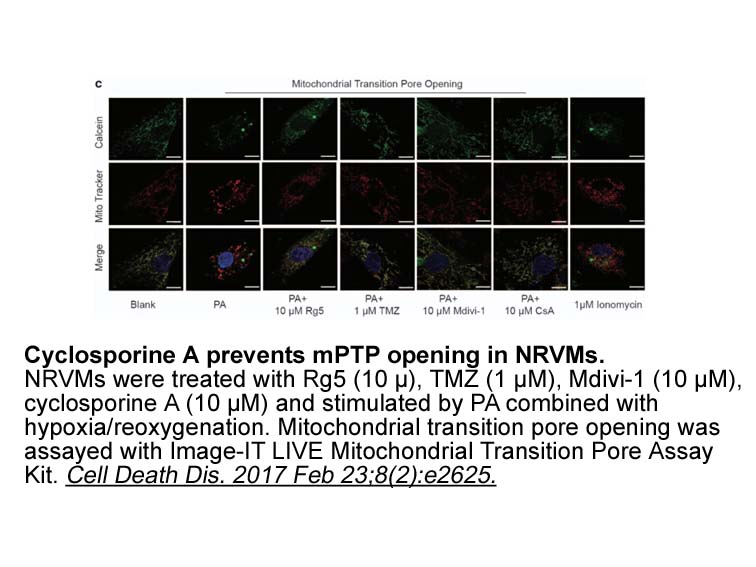
It has been reported that vernolic 2 ag sale accumulation in transgenic Arabidopsis seeds expressing a Δ12-epoxygenase often resulted in failure of germination and impaired growth and development (Singh et al., 2001). Similar phenomena were also reported for transgenic Arabidopsis seeds with accumu
-
br Experimental procedures br Introduction Protein kinases r
2020-06-03
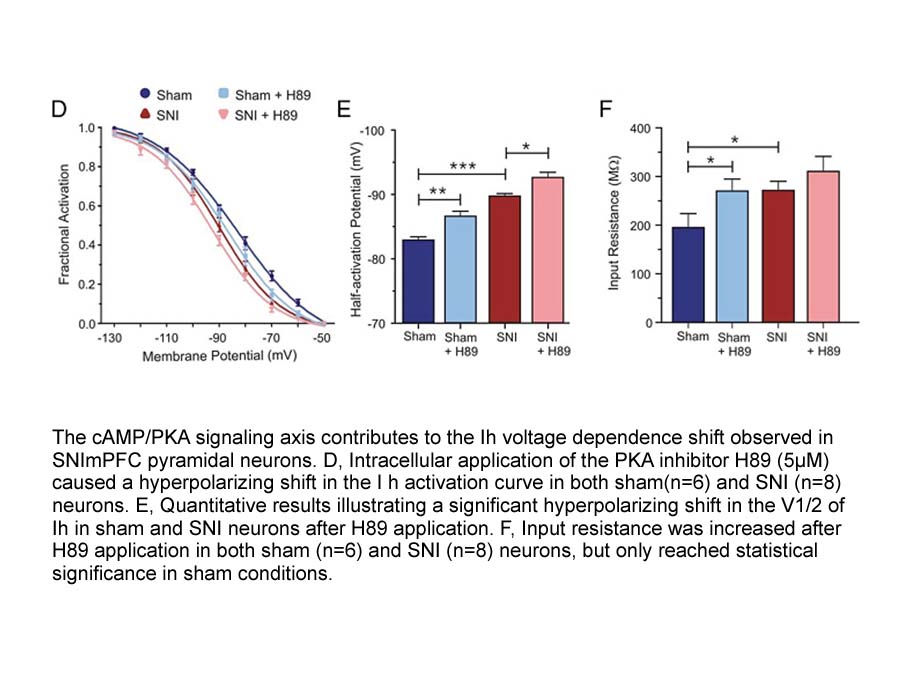
Experimental procedures Introduction Protein kinases represent one of the largest enzyme Voreloxin Hydrochloride in the human genome and act as signaling mediators in a variety of cellular processes (Manning et al., 2002). Because many diseases are associated with aberrant protein kinase activ
-
Although information regarding the influence of PGE on cardi
2020-06-02
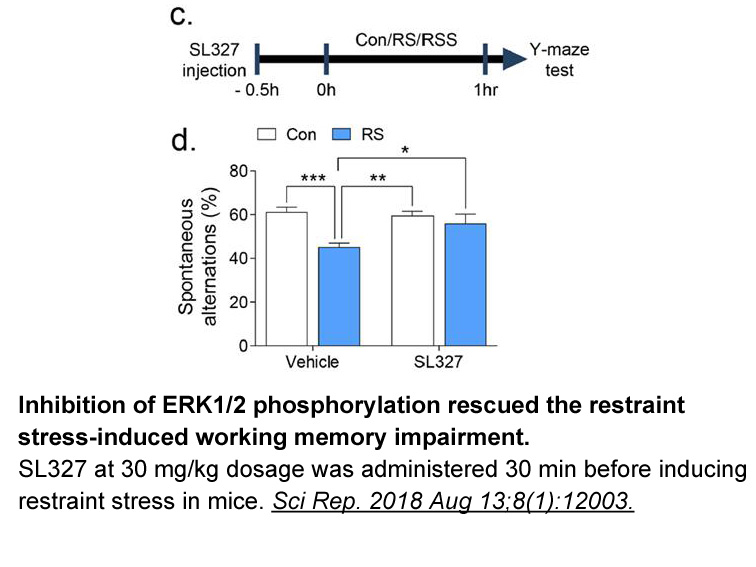
Although information regarding the influence of PGE2 on cardiac fibroblast cell growth is sparse, the effect of PGE2 on other cell types has been studied extensively, particularly in cancer and cancer cell lines where COX-2 is over-expressed. Constitutive high levels of COX-2 expression have been no
-
3-CPMT sale How does APC C recognize its
2020-06-02
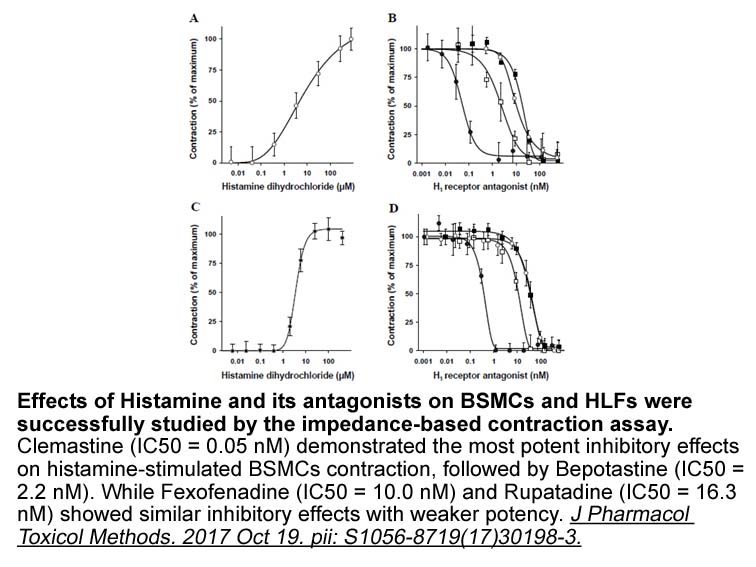
How does APC/C recognize its substrates and catalyze their ubiquitylation? How are the outcomes and timing of these activities regulated? These questions have driven a decade of structural studies that begin to explain how APC/C interacts with coactivators, substrates, and E2s, and how these interac
-
Inflammation is critical in the pathobiology of atherosclero
2020-06-02
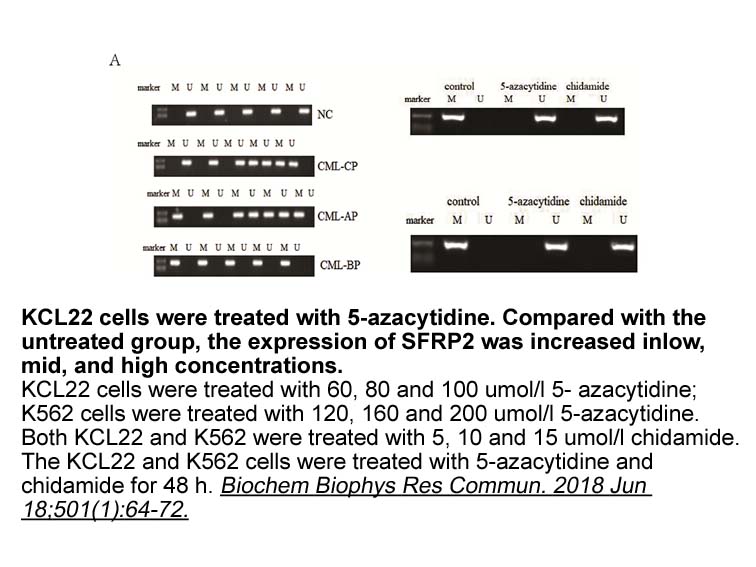
Inflammation is critical in the pathobiology of atherosclerosis. The inflammatory mediators impacted by FBXO3 described herein i.e. NF-κB, IL-1β, and TNF-α, and IL-8 have purported causal roles in atherosclerosis. For example, NF-κB activation is increased in mononuclear cells in human plaques [29]
-
During germ cell development in mouse de novo
2020-06-02

During germ cell development in mouse, de novo Dnmts regulate the genomic imprinting and silence of repeat elements. Dnmt3A methylated H19, Dlk1/Gtl2, and Sine B1, whereas Dnmt3B methylated microsatellite repeat elements, the two Dnmts co-methylatedRasgrf1, IAP, and Line1 repeat elements (Lucifero e
-
br Conflict of interest br Acknowledgements This
2020-06-02
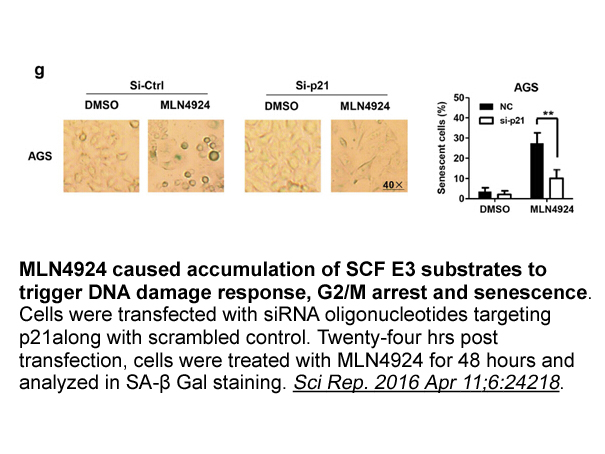
Conflict of interest Acknowledgements This work was funded by the National Science Centre, Poland, grant number N N303 571539. We are greatly indebted to Patrick Fox for help with the final manuscript. Introduction Alkylating agents which interact directly with DNA to form covalent bonds h
-
br Conclusion br Competing interests br Authors
2020-06-02
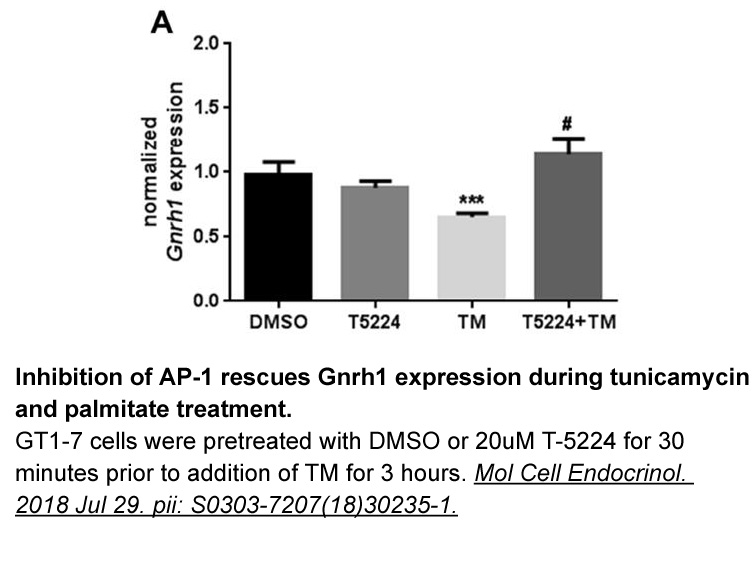
Conclusion Competing interests Authors\' contributions Acknowledgements The work was supported by Aurigene Discovery Technologies (M) Sdn. Bhd., Industrial Doctoral Program sponsorship by Ministry of Higher Education, Malaysia and research grants by the University of Malaya, grant number
-
In the context of food allergy
2020-06-02
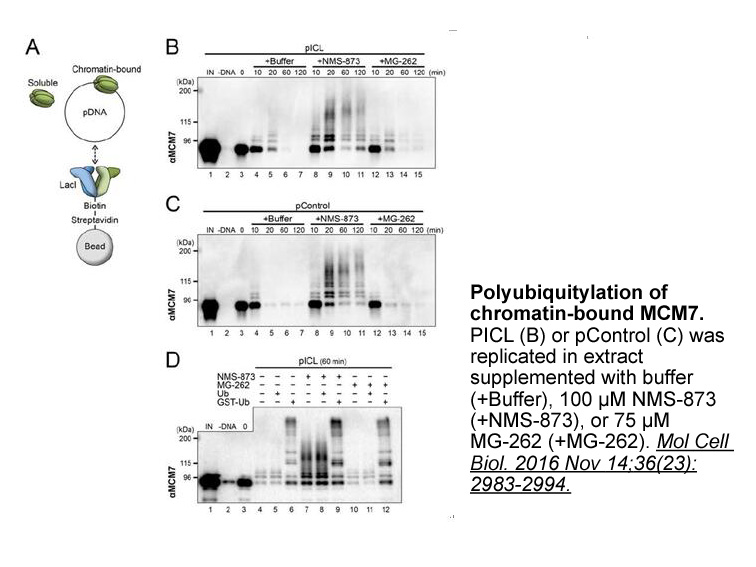
In the context of food allergy it is hypothesized that intestinal barrier dysfunction might contribute to both antigen sensitization and the IgE/mast cell mediated effector phase of allergic disease, however no concluding data has been published to date [5]. An understanding of the mechanism of prim
-
A genomic DNA sequence was retrieved
2020-06-02
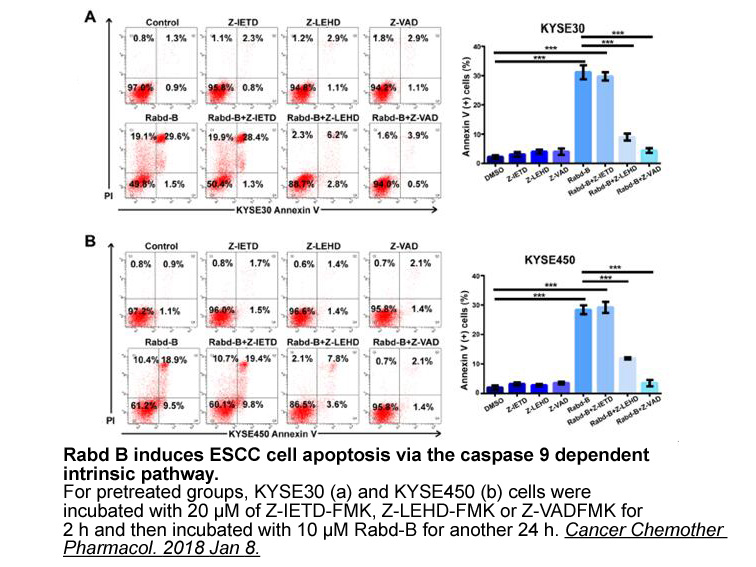
A genomic DNA sequence was retrieved (Scaffold_30) from the fugu genomic database ( v3.0), which encodes the homolog of CXCL8 of many other vertebrates and specific primers CXCL8F1 and CXCL8R1 () were designed for 3′-RACE and 5′-RACE PCR, respectively. First-strand thymus cDNA was used as template.
-
br Third trimester crossing the threshold to immunocompetenc
2020-06-02
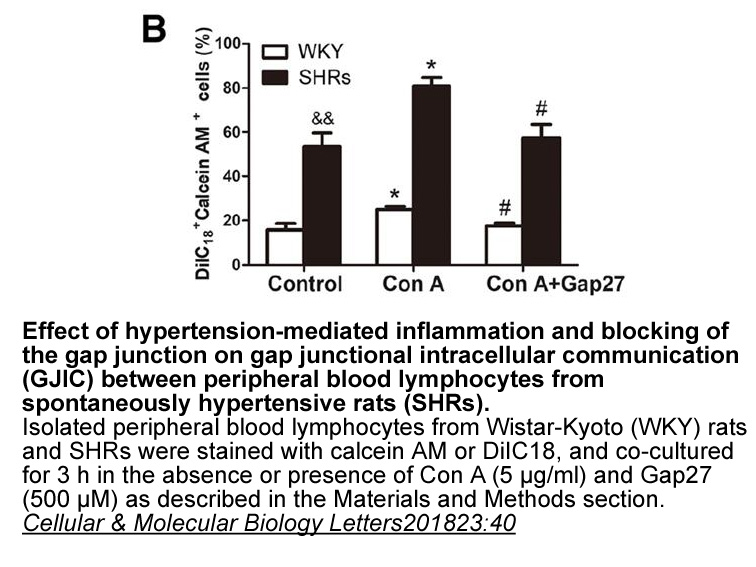
Third trimester – crossing the threshold to immunocompetence Summary Regrettably, studies on the fetal immune system have yet to yield practical results. While it is becoming apparent that the fetal immune response plays a role in determining the outcome of congenital CMV infection, we still l
-
Donepezil HCl sale Early studies from the mollusk Aplysia re
2020-06-02

Early studies from the mollusk, Aplysia, reported the presence of a unique class of Donepezil HCl sale receptors in neurons, the acetylcholine-gated chloride channels (ACCs) (Kehoe and McIntosh, 1998). Later, studies identified these receptors in the model nematode Caenorhabditis elegans (Putrenko
-
br Materials and methods br Results br Discussion
2020-06-02
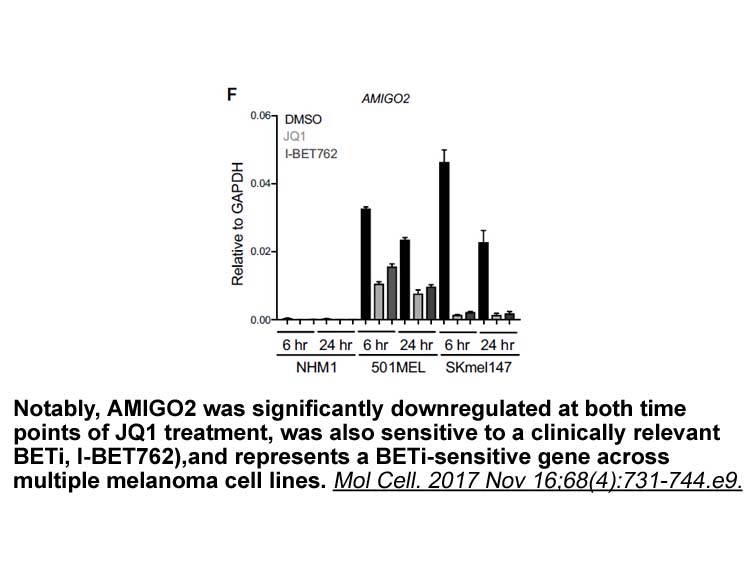
Materials and methods Results Discussion Taken together with our previous report, our current data demonstrate induction of Chk in monocytes by IL-3, IL-4, IL-13, and GM-CSF ((Musso et al., 1994) and Fig. 1, Fig. 2, Fig. 3, Fig. 4). Chk Puromycin is also inducible by stem cell factor or ph
15011 records 850/1001 page Previous Next First page 上5页 846847848849850 下5页 Last page